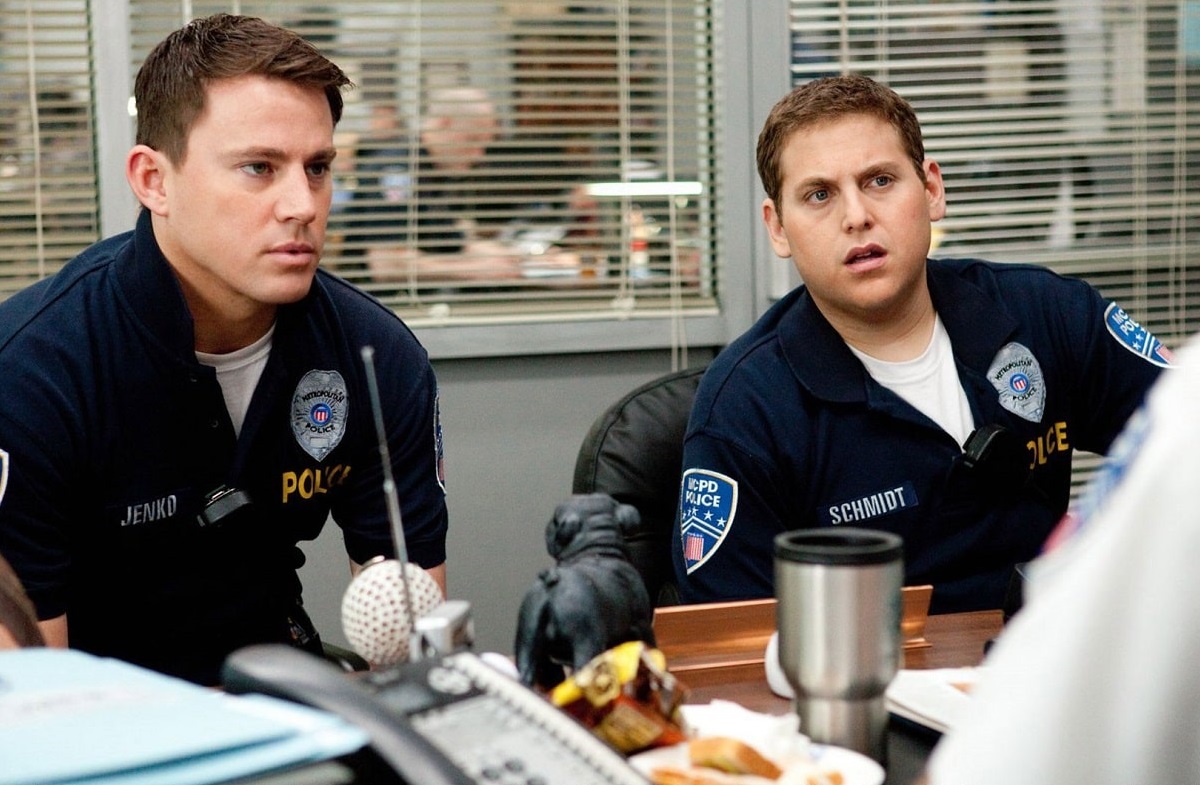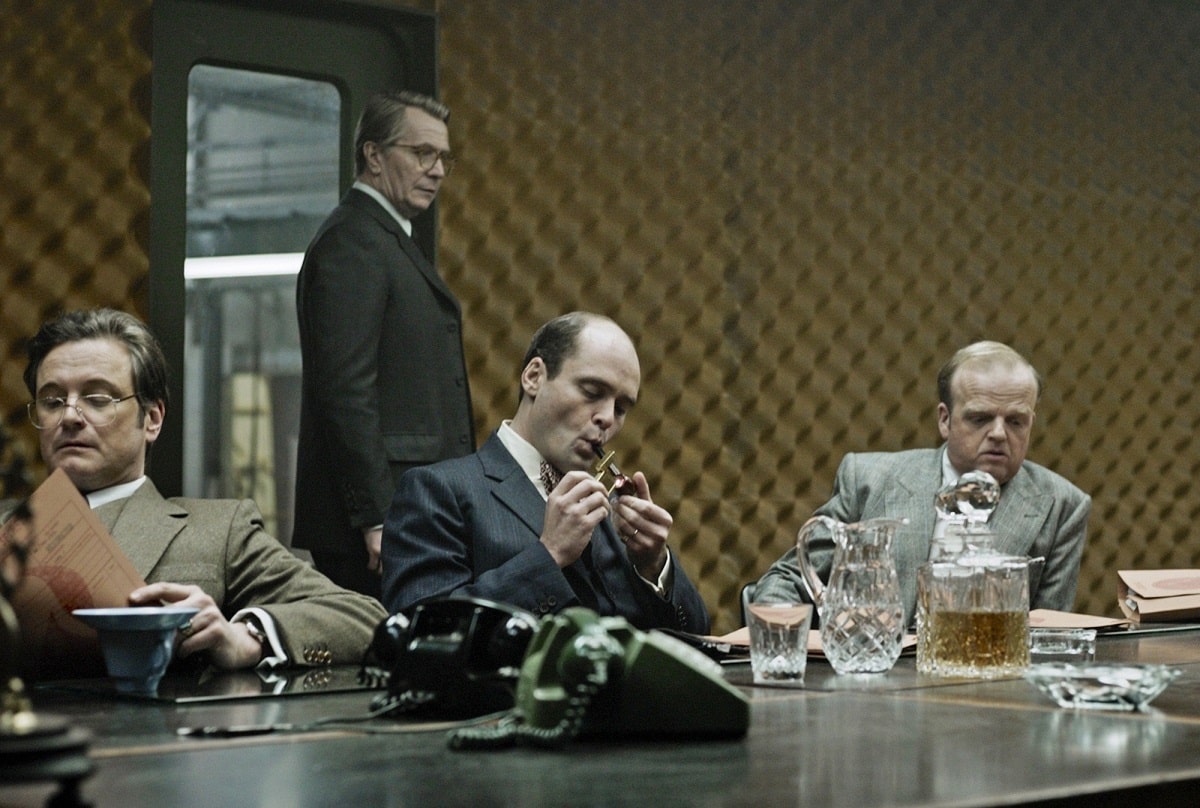1
HOME > Trends >
IDEALISING OUR LIVES – ARE WE ALL PLAYING GAMES OF MAKE-BELIEVE?
HOW DO THE PICTURES IN OUR HEADS GUIDE US THROUGH LIFE?
Written by Samuel Walters in Trends on the 19th October 2022

“Your name’s Sam…? Like Fireman Sam…?!” That was my friend’s two-year-old son the other week, bursting with excitement at the prospect of encountering a real-life person who actually shared the name of his hero. He had the little fireman costume too, complete with helmet. It was all absolutely adorable, of course. But it also got me thinking about human motivation, and how in some ways we never really grow up.
As children, we go to town on the role play, don’t we? Think of all the classics – fireman… soldier… policeman… footballer. We dress up as them; play our games of make-believe and always save the day. But this business of idealising certain roles in life doesn’t end with childhood. Indeed, as we grow up and gain maturity, far from shedding our idealised images, we will often retain them and go on to build an entire existence on the strength of them. So, for example, you find people joining the police, not so much to protect their communities or earn a living, but because they think it’s cool and because they really like the image. And it happens at a slightly more elevated level too. I once met a very successful lawyer at a wedding who confided to me, over the chicken liver parfait, that she had decided to become a solicitor after seeing the film “Legally Blonde”. …Surprising? Yes. Ridiculous…? Maybe. But this sort of thing seems to happen everywhere in life.

You even find it going on in the most serious of professions. Take the world of espionage. You might think that spies and secret service people – the men and women who thwart terrorist attacks day in, day out and defend us from evil – would be a bunch of hardened realists with absolutely no time for fantasies. But you couldn’t be more wrong. The late John Le Carré – the spy thriller writer behind “Tinker, Tailor, Soldier, Spy”, and former intelligence officer with MI6 – spilt the beans about the way spies really think. He explained in an interview that “spies adore their self-image” and that they absolutely relish the aura that the profession is perceived to have, even if the reality isn’t always quite James Bond.
It’s a similar story with submariners. These sailors who live their lives stuffed in a smelly metal tube under the sea have a hugely idealised image of what they do. Richard Humphreys – a former submariner who served on nuclear deterrent subs at the height of the Cold War – explains in his autobiography, “Under Pressure”, that the crews are totally enamoured of the mystique and glamour of the “Silent Service”. They love the image of an elite group of men steering these stealthy, menacing black boats through the depths. And it certainly does make sense that the men are motivated like this. Why else would anyone want to spend months on end without natural light, without fresh air, sleeping in a tiny bunk with odd sleep patterns, and all without even a phone call from home to raise your spirits? Remember, too, that nuclear subs don’t actually ever do much – the whole point of them is to slowly plod around and remain hidden in the sea.

The Special Forces apparently feel a similar way about their image, too. Jocko Willink, podcaster and former Navy SEAL, says of his old job: “It’s the best job in the world. You don’t really need to do anything to it to make it seem cool. It is cool. It’s awesome.” He may be talking about it like a star-struck little boy, but don’t forget that this is a man who served for twenty years as an elite operator, risking his life and soldiering at the highest level. Strange though it may seem that grown-up people do such real and important jobs on the basis of idealised images, in fact, humans have always behaved this way. Think of all those Ancient Greek statues of athletes, gods and goddesses with perfect bodies and supermodel faces. We revere them as great works of art and symbols of high culture. But really they are all fantasies – visions of what men and women could be, formed into stone and marble.
In truth, human motivation springs from simplistic pictures that we cultivate in our heads. We never just do a thing. Instead, we chase an image and try to make our fantasies come true, shaping our lives into some imagined form. As Iris Murdoch, novelist, and thinker, put it: “Man is a creature that makes pictures of himself, and then comes to resemble the picture.” So let your idealised images guide you through life. Because for all that they might be “childish” or removed from “the real world”, it is these dreams of what life could be that are always at the core of our being.
Trending
2
3
4
5
6
7
8
9
10









